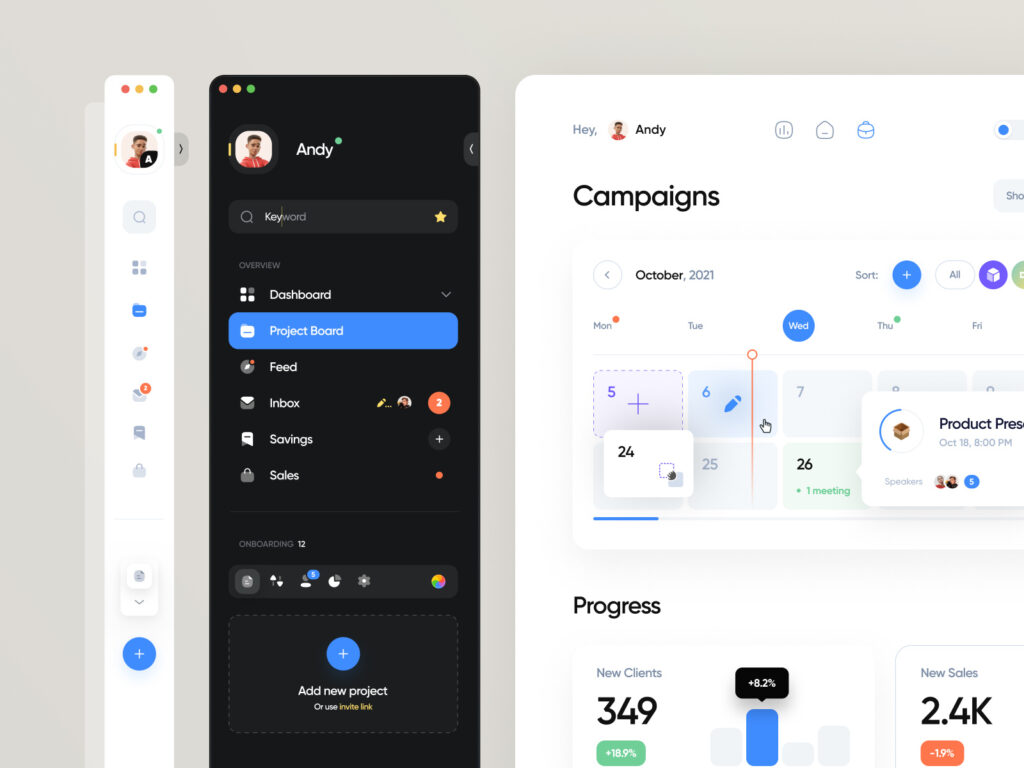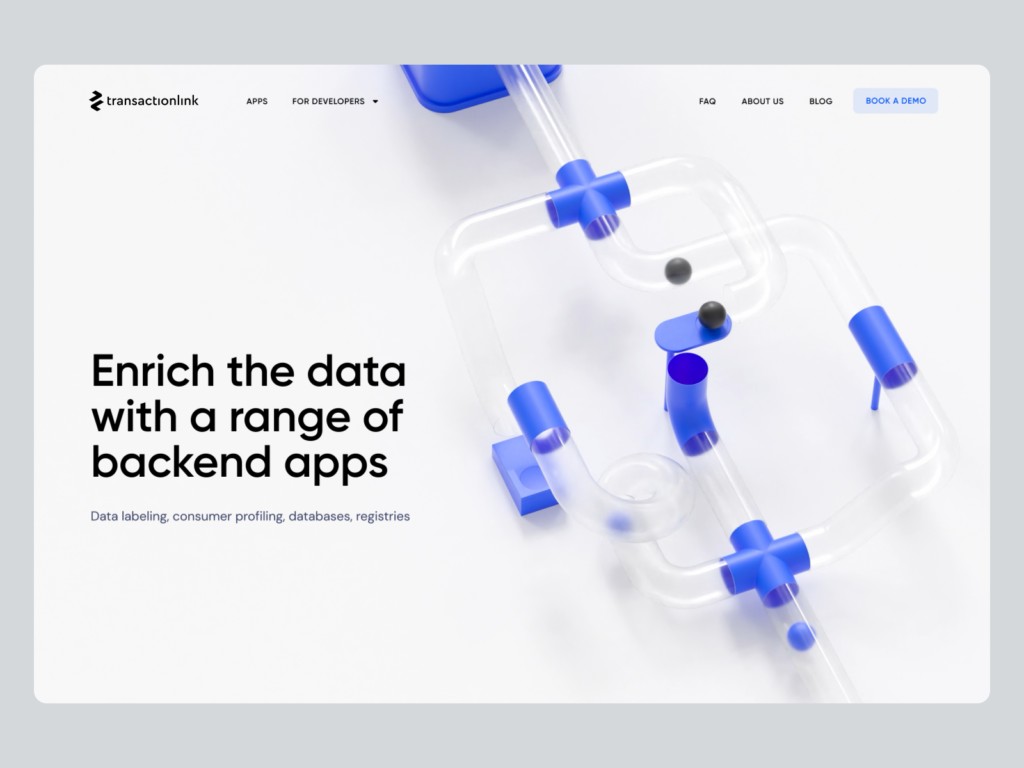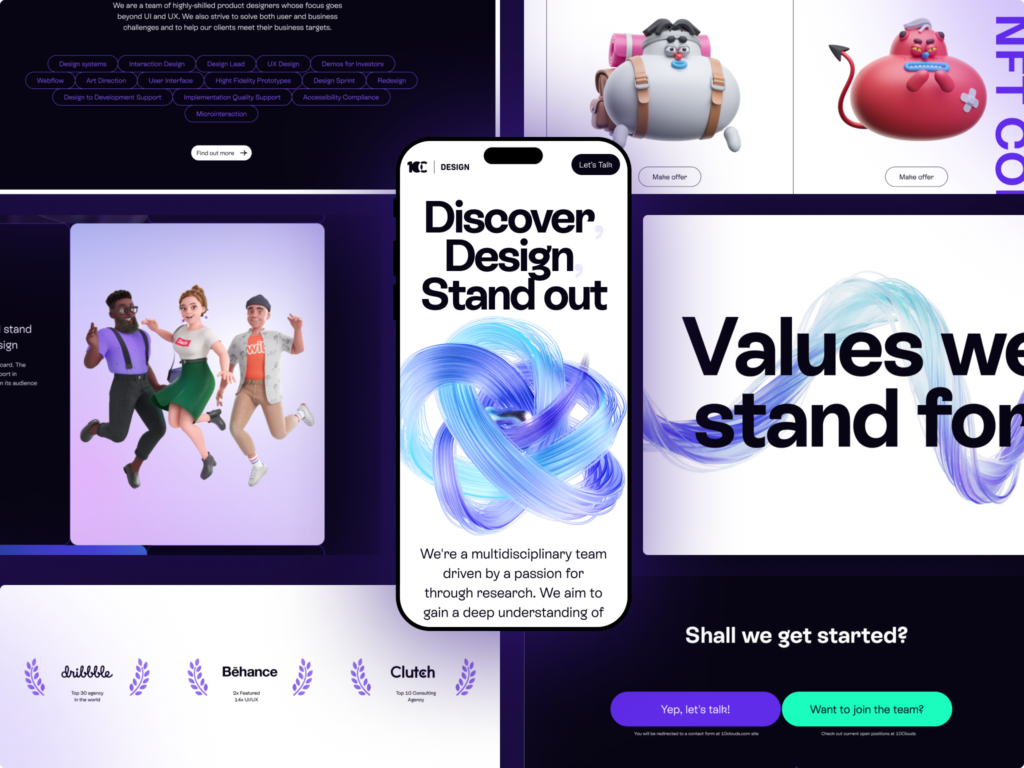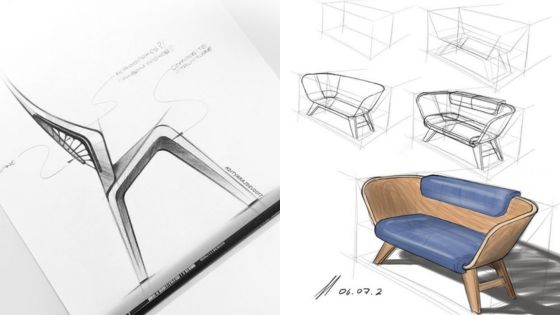UI/UX Design Trends: Keeping Up with the Latest Innovations
In today’s digital age, UI/UX design is an essential aspect of creating a successful website or application. As technology continues to evolve, so do the design trends that shape the way users interact with digital products. Keeping up with the latest UI/UX design trends is crucial for designers, developers, and businesses alike to stay competitive and provide a seamless user experience.
Understanding UI/UX Design

UI (User Interface) design focuses on the visual and interactive elements of a digital product, while UX (User Experience) design encompasses the overall experience a user has while interacting with a product. Both UI and UX design are crucial to creating a successful digital product, and keeping up with the latest design trends is essential to stay ahead of the competition. From the emergence of immersive experiences to the impact of wearable technology, there are many exciting trends to explore in the world of UI/UX design.
Key Takeaways
- Keeping up with the latest UI/UX design trends is crucial for designers, developers, and businesses to stay competitive and provide a seamless user experience.
- UI (User Interface) design focuses on the visual and interactive elements of a digital product, while UX (User Experience) design encompasses the overall experience a user has while interacting with a product.
- From the emergence of immersive experiences to the impact of wearable technology, there are many exciting trends to explore in the world of UI/UX design.
Understanding UI/UX Design

UI/UX design is a critical aspect of creating a successful digital product. UI stands for User Interface, which refers to the visual elements of a product, such as buttons, menus, and icons. UX stands for User Experience, which refers to the overall experience that a user has while using a product.
UI/UX design involves creating a user-friendly and aesthetically pleasing product that meets the needs and expectations of the target audience. It requires a deep understanding of the user’s behavior, preferences, and pain points.
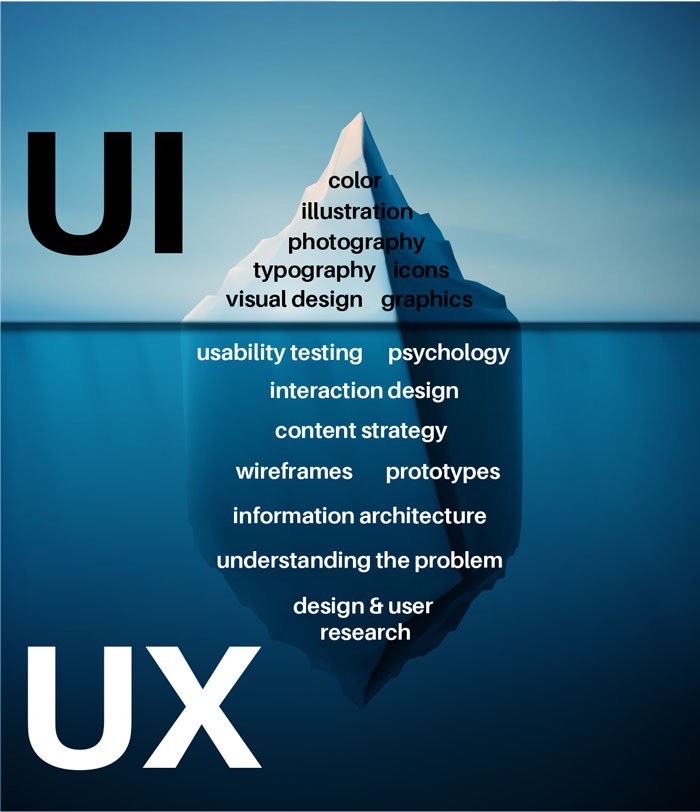
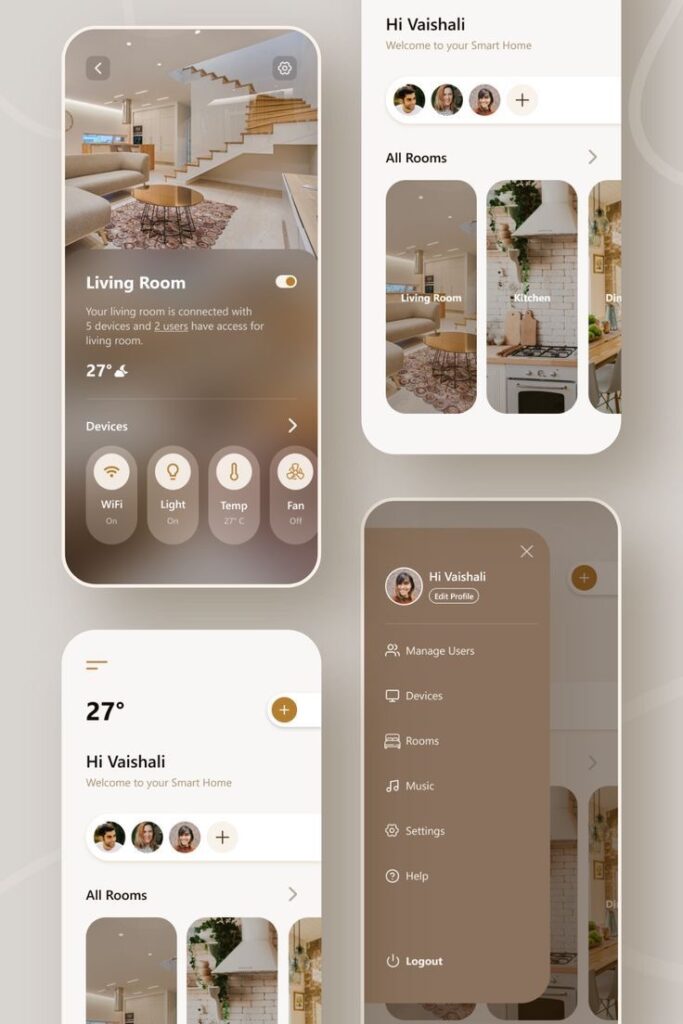
UI design focuses on the appearance and layout of a product, including the color scheme, typography, and visual hierarchy. It aims to create a visually appealing product that is easy to navigate and use.
UX design, on the other hand, focuses on the overall user experience, including the usability, accessibility, and functionality of the product. It aims to create a product that is intuitive, efficient, and enjoyable to use.
UI/UX design is a collaborative process that involves designers, developers, and other stakeholders. It requires a deep understanding of the product’s goals, target audience, and market trends.
In summary, UI/UX design is a critical aspect of creating a successful digital product. It involves creating a user-friendly and aesthetically pleasing product that meets the needs and expectations of the target audience. It requires a deep understanding of the user’s behavior, preferences, and pain points.
2023 UI/UX Design Trends

As technology continues to evolve, so do the trends in UI/UX design. In 2023, designers are expected to focus on creating immersive and engaging experiences for users. Here are some of the top UI/UX design trends to look out for in 2023:
Dark Mode
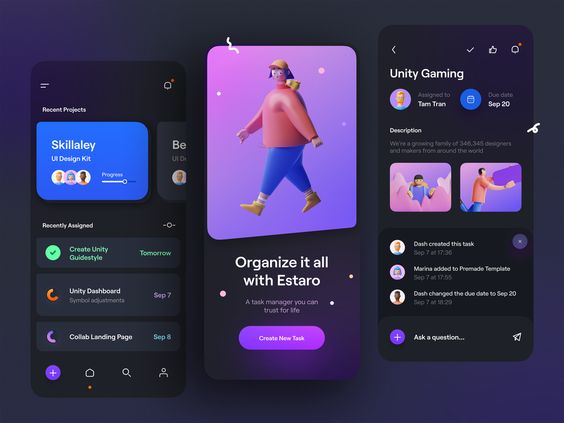
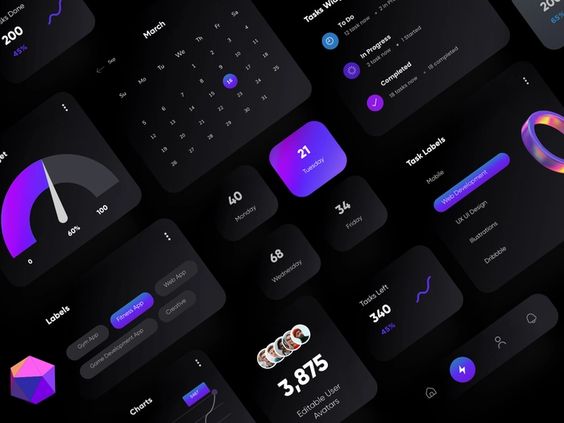
Dark mode has been gaining popularity over the past few years, and it’s not going anywhere in 2023. This trend is expected to continue as more and more users prefer the dark mode interface. Designers will have to create interfaces that are optimized for both light and dark modes.
3D Design
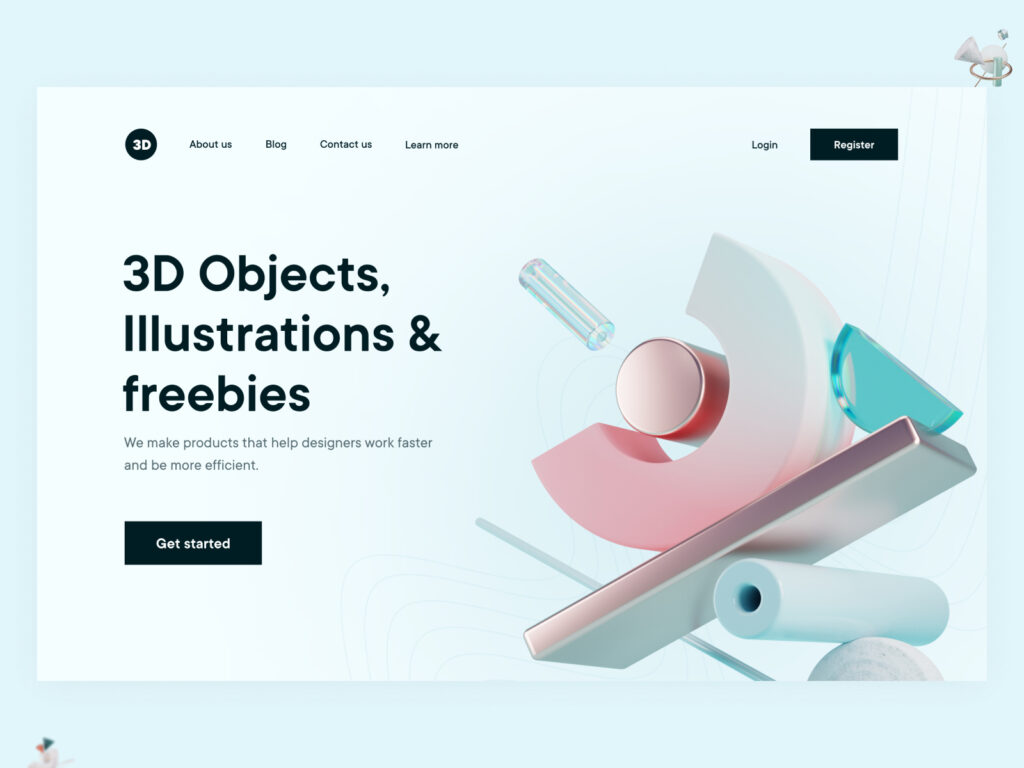
With the increasing popularity of augmented and virtual reality, 3D design is becoming a must-have skill for UI/UX designers. In 2023, designers will need to be able to create immersive 3D experiences that engage users and enhance their experience.
Voice Interfaces

Voice interfaces are becoming more common in our daily lives, and in 2023, they are expected to become even more prevalent. Designers will need to create interfaces that are optimized for voice commands and provide a seamless experience for users.
Personalization
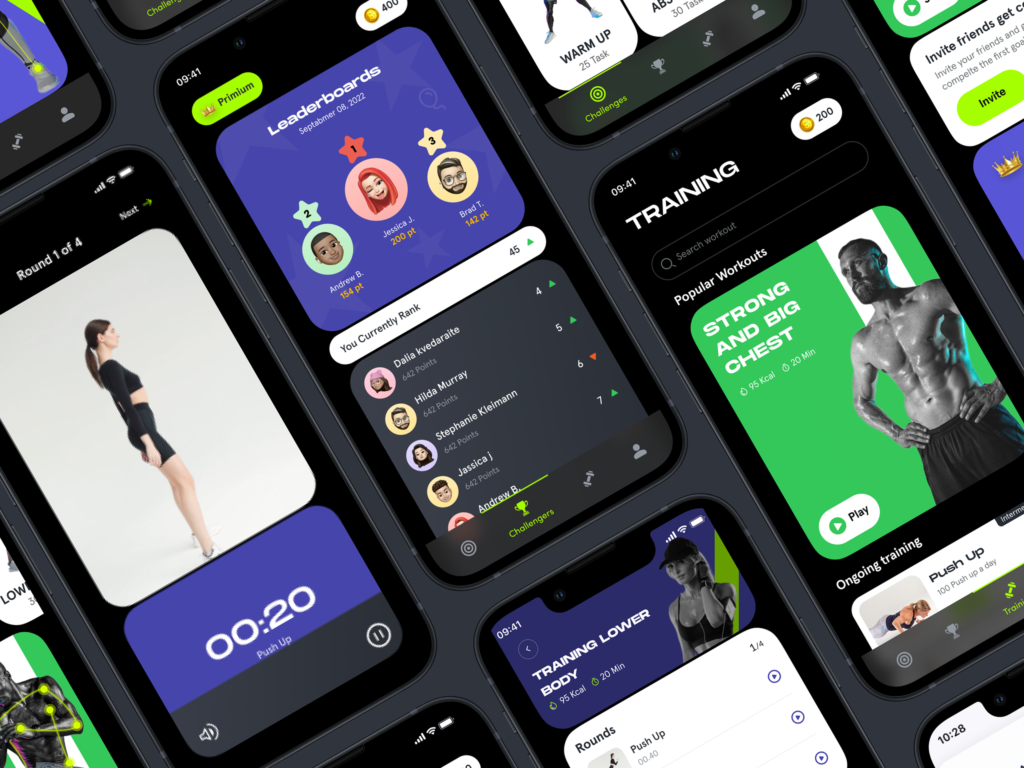
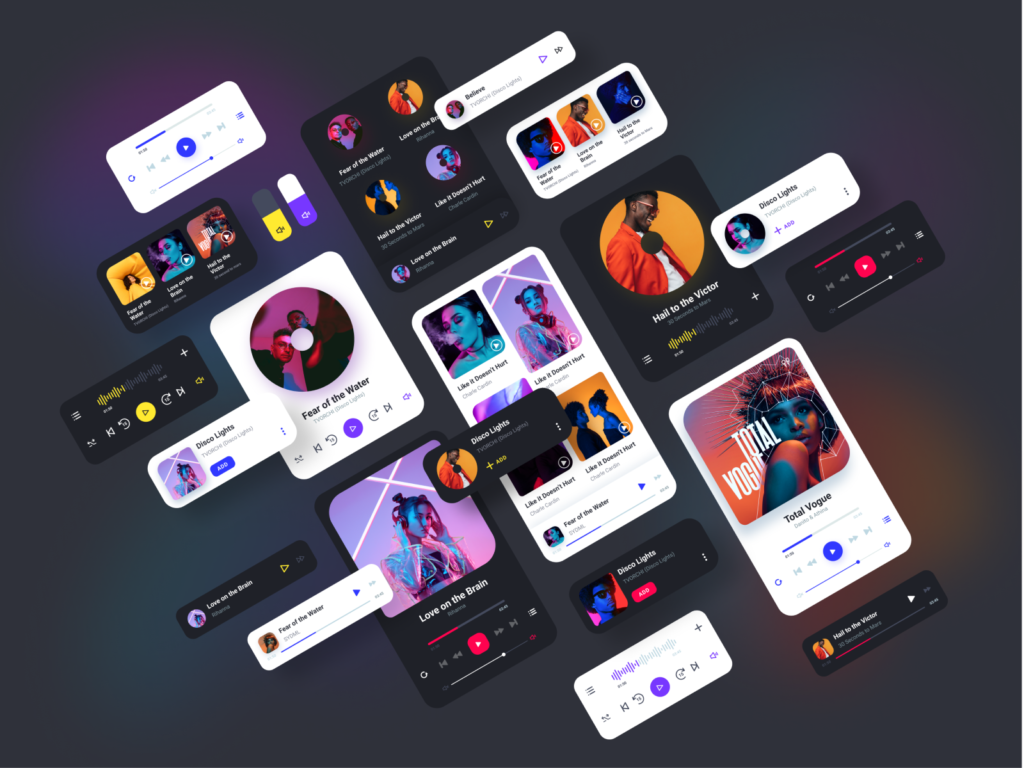
Personalization has been a growing trend in UI/UX design, and it’s not going anywhere in 2023. Users expect personalized experiences that cater to their preferences and needs. Designers will need to create interfaces that are tailored to each user and provide a unique experience.
Microinteractions

Microinteractions are small, subtle interactions that enhance the user experience. In 2023, designers will need to focus on creating meaningful microinteractions that engage users and make their experience more enjoyable.
Minimalism
Minimalism has been a popular design trend for years, and it’s not going anywhere in 2023. Designers will need to create interfaces that are clean, simple, and easy to use. This trend is especially important for mobile interfaces, where screen real estate is limited.


In conclusion, these are just a few of the UI/UX design trends that are expected to be popular in 2023. Designers will need to stay up-to-date with the latest trends and technologies to create engaging and immersive experiences for users.
Role of Tech Giants in UI/UX Design
Tech giants such as Apple, Google, and other leading tech companies have played an important role in shaping the UI/UX design trends in recent years. These companies have a significant impact on the design community, and their design choices often set the tone for the industry.
Apple, for instance, has been a pioneer in UI/UX design, with its clean and minimalist approach to design. The company’s design philosophy has influenced many other companies and designers, and has led to the widespread adoption of flat design and other minimalist design trends.
Google, on the other hand, has been a major proponent of material design, a design language that emphasizes the use of grid-based layouts, bold colors, and subtle animations. This design language has become increasingly popular in recent years, and has been adopted by many other companies and designers.
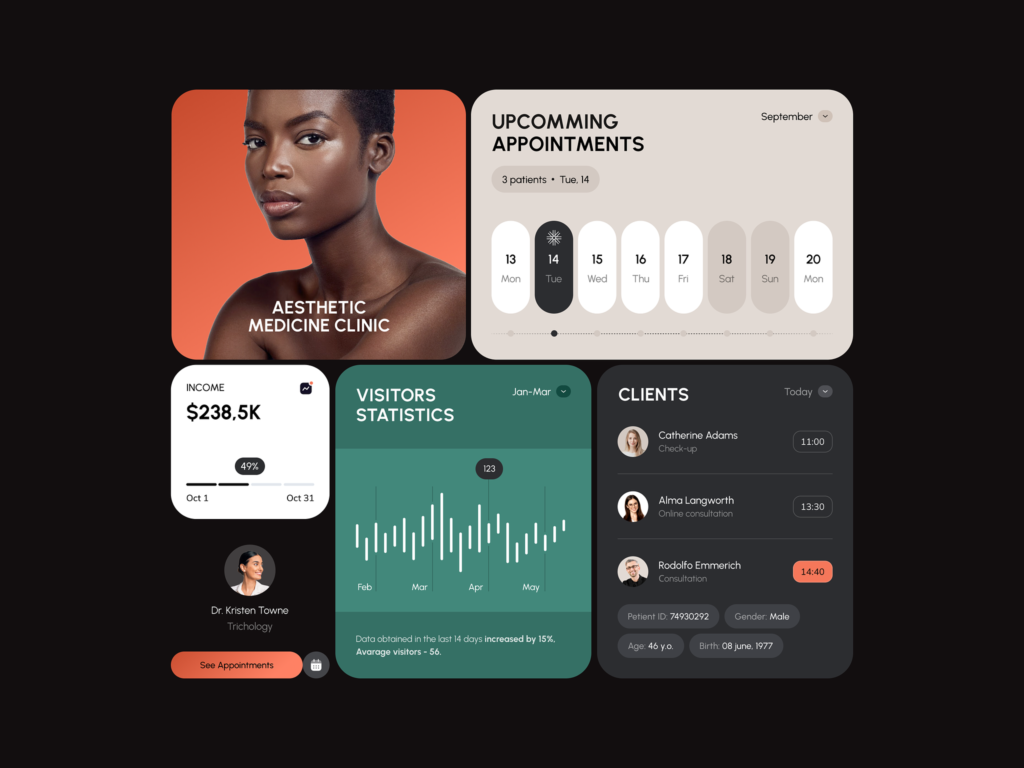
Tech products and services are also playing a significant role in shaping UI/UX design trends. For example, the rise of mobile devices has led to a greater focus on responsive design, as designers strive to create interfaces that work seamlessly across a variety of screen sizes and resolutions.
The Forbes Technology Council has also been an important voice in the UI/UX design community. The council is made up of leading technology executives, and its members are often at the forefront of the latest design trends and innovations.
Overall, the role of tech giants and other influential entities in the UI/UX design community cannot be overstated. Their design choices and innovations have a significant impact on the industry, and will continue to shape the way we interact with technology in the years to come.
Impact of AI and AR on UI/UX Design
The integration of artificial intelligence (AI) and augmented reality (AR) has significantly impacted the UI/UX design industry. AI has enabled designers to create personalized experiences for users, while AR has opened up new possibilities for immersive experiences.
AI-powered chatbots have become increasingly popular in UI/UX design, providing users with a more interactive and conversational experience. Chatbots can provide 24/7 customer support, answer frequently asked questions, and even make personalized recommendations based on user data.
AR has also revolutionized the design industry by allowing designers to create immersive experiences that blur the lines between the physical and digital worlds. AR can be used to enhance user experiences, such as allowing users to visualize products in their own environment before making a purchase.
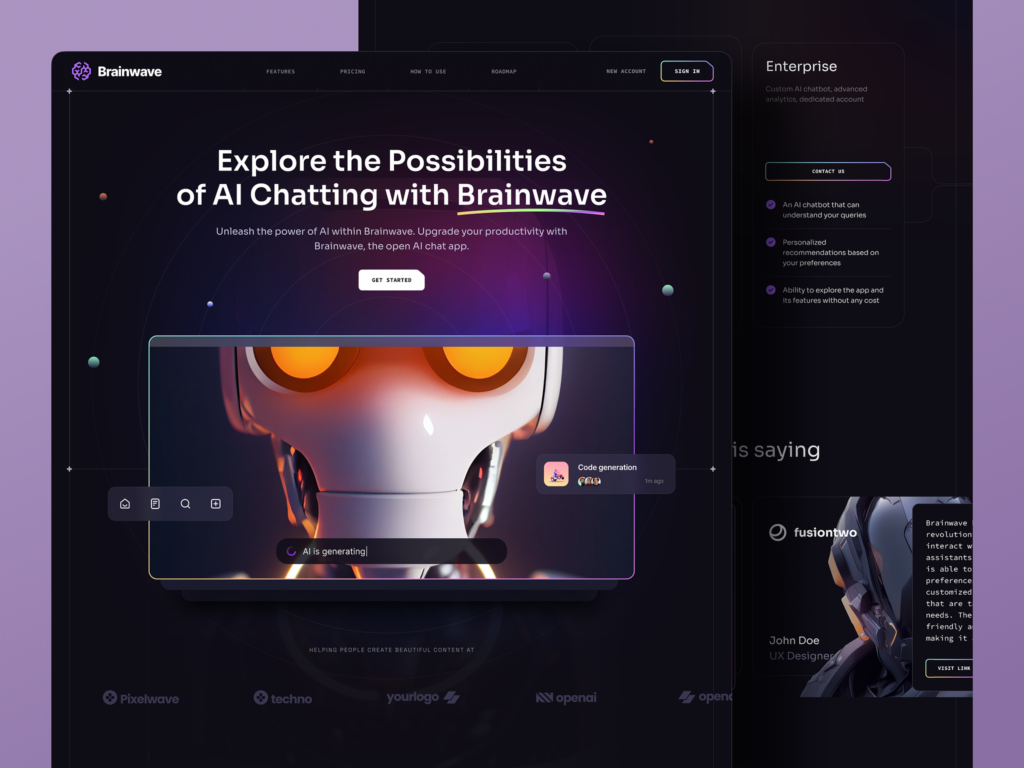

AI and AR have also enabled designers to create more intuitive interfaces that adapt to user behavior. For example, AI algorithms can analyze user data to suggest personalized content, while AR can provide users with real-time feedback on their actions.
In summary, the integration of AI and AR has opened up new possibilities for UI/UX design, allowing designers to create more personalized and immersive experiences for users.
Popular UI/UX Design Styles
UI/UX design trends are constantly evolving, and designers must keep up with the latest styles to create visually appealing and user-friendly interfaces. Here are some popular UI/UX design styles that are currently in vogue:
Minimalism

Minimalism is a design style that emphasizes simplicity and uses a minimal amount of elements to create a clean and uncluttered interface. Minimalist designs often feature a lot of white space, simple typography, and a limited color palette. This style is particularly popular in mobile app design, where users appreciate a clutter-free interface that is easy to navigate.
Bold Typography
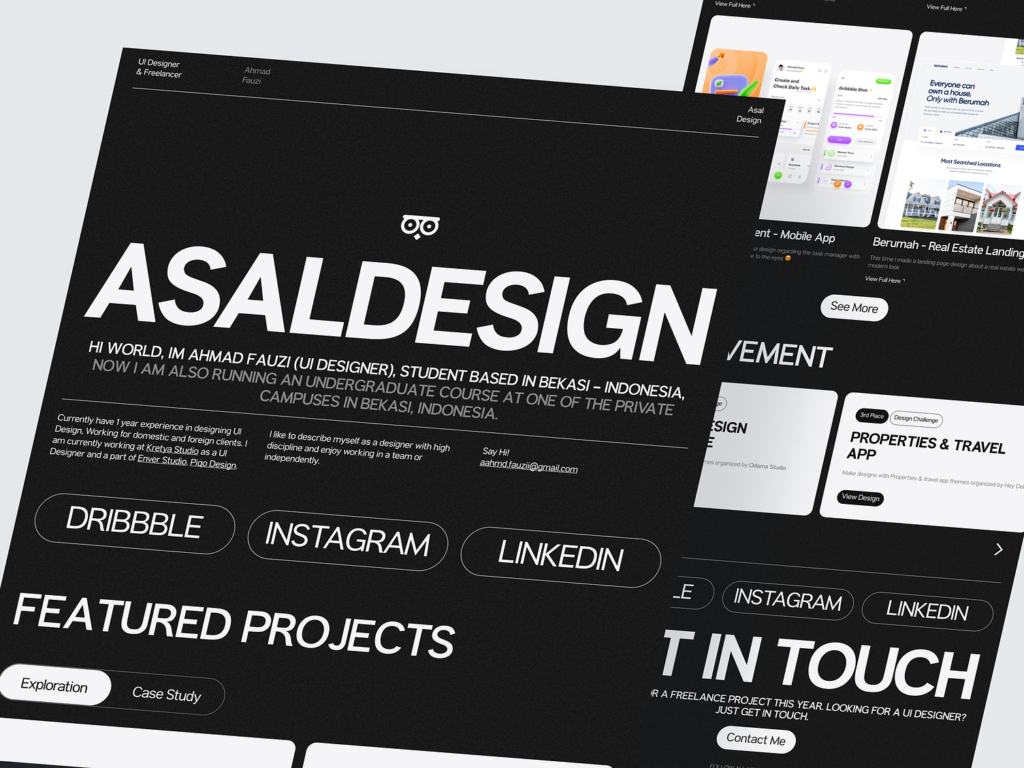
Bold typography is a design trend that uses large, eye-catching fonts to grab the user’s attention. This style is often used in combination with minimalism to create a strong visual impact. Bold typography can be used to highlight important information, such as headlines or calls to action, and can also be used to add personality and character to a design.
3D

3D design is a trend that uses three-dimensional elements to create a sense of depth and realism. This style is often used in product design and gaming interfaces, where users appreciate a more immersive experience.
3D design can also be used to create unique and visually striking interfaces that stand out from the crowd.
Glassmorphism
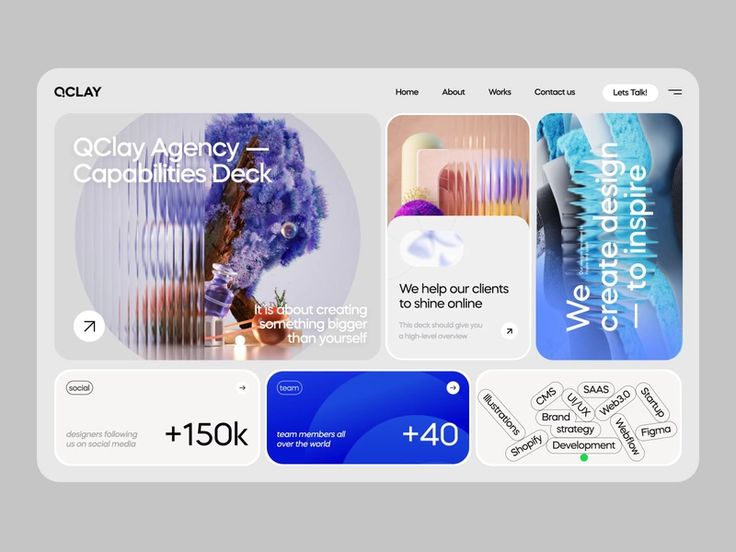
Glassmorphism is a design trend that uses transparent and blurred elements to create a glass-like effect. This style is often used in app design, where it can add a sense of depth and dimension to the interface.
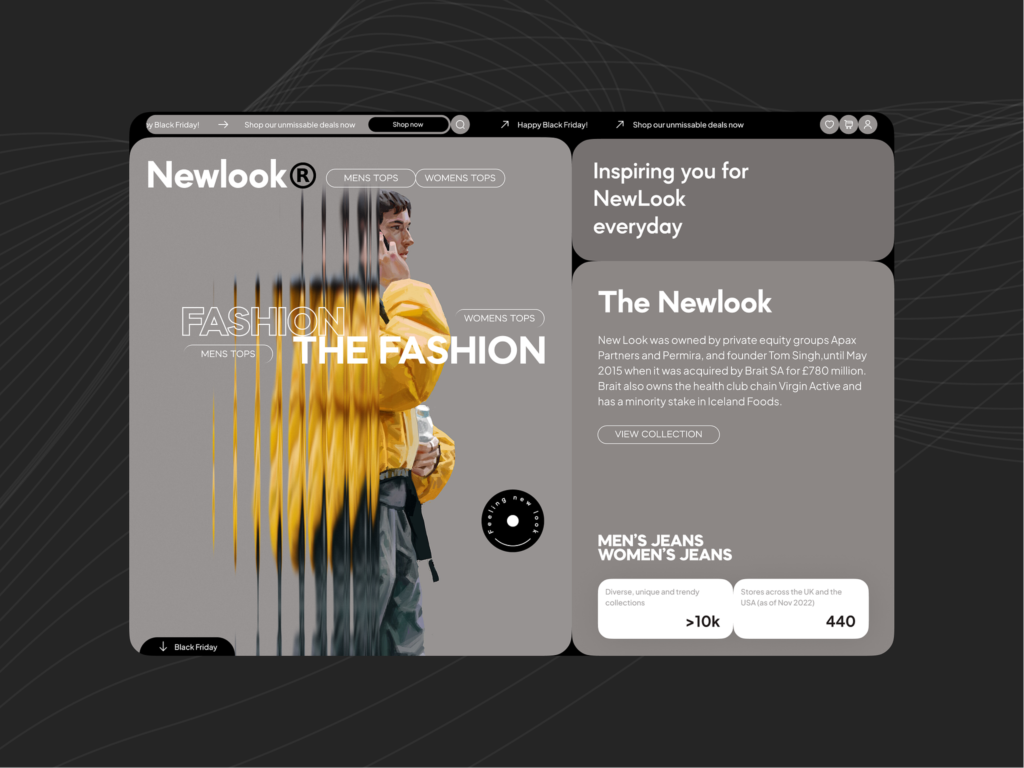
Glassmorphism can also be used to create a more modern and sophisticated look and feel.
Brutalism
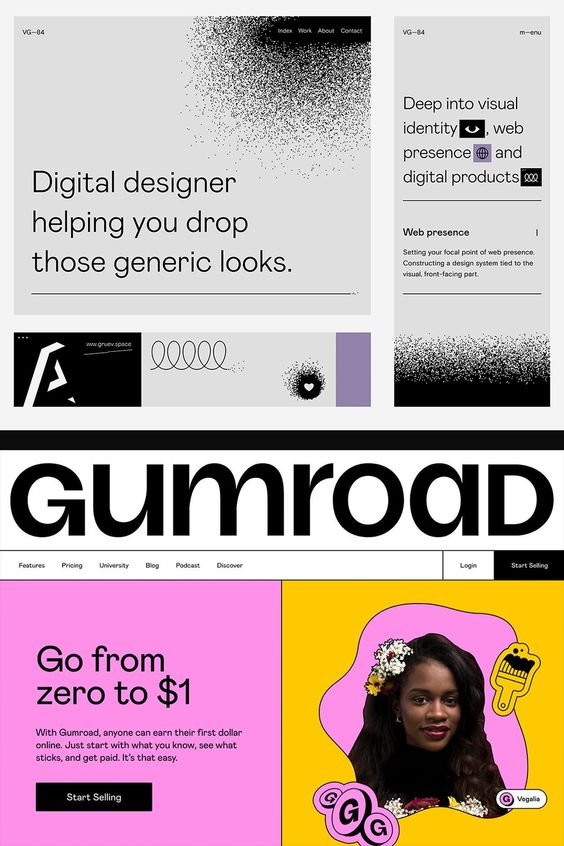
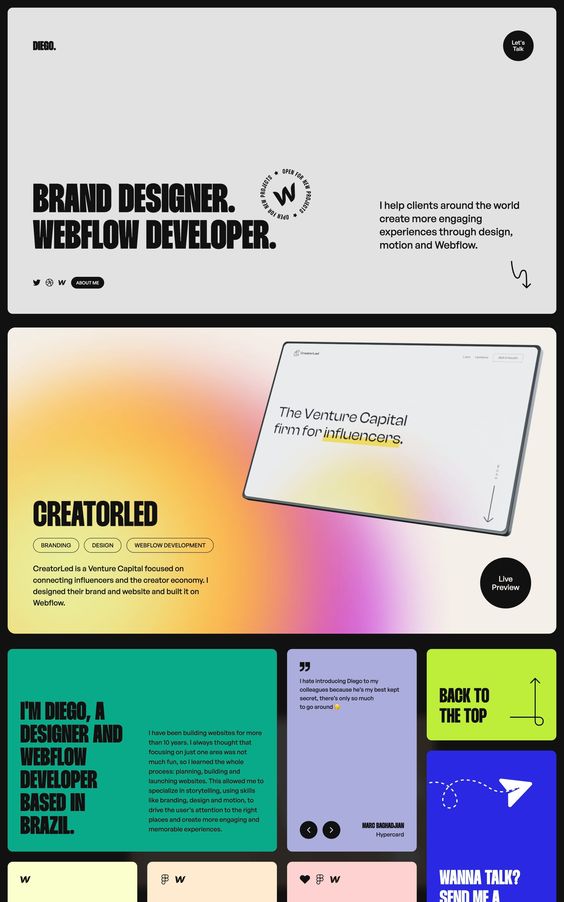
Brutalism is a design style that is characterized by a raw and unpolished aesthetic. This style is often used in web design, where it can create a sense of authenticity and honesty.
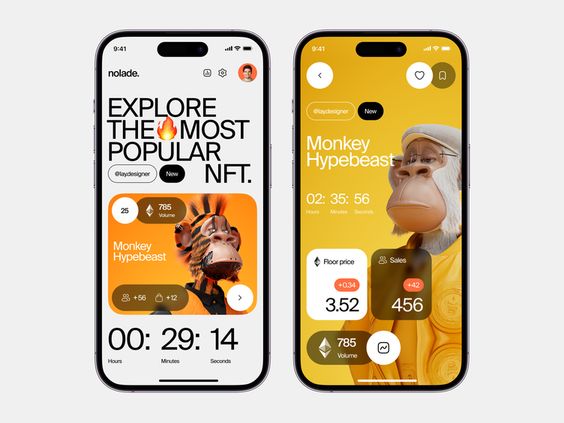
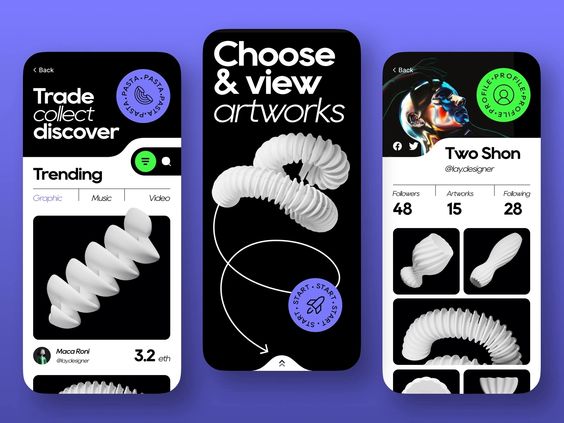
Brutalist designs often feature bold typography, simple layouts, and a limited color palette. This style is not for everyone, but it can be effective in creating a unique and memorable interface.
Neumorphism
Neumorphism is a design trend that uses soft shadows and gradients to create a sense of depth and texture. This style is often used in app design, where it can create a more tactile and interactive interface. Neumorphism can also be used to create a more futuristic and cutting-edge look and feel.
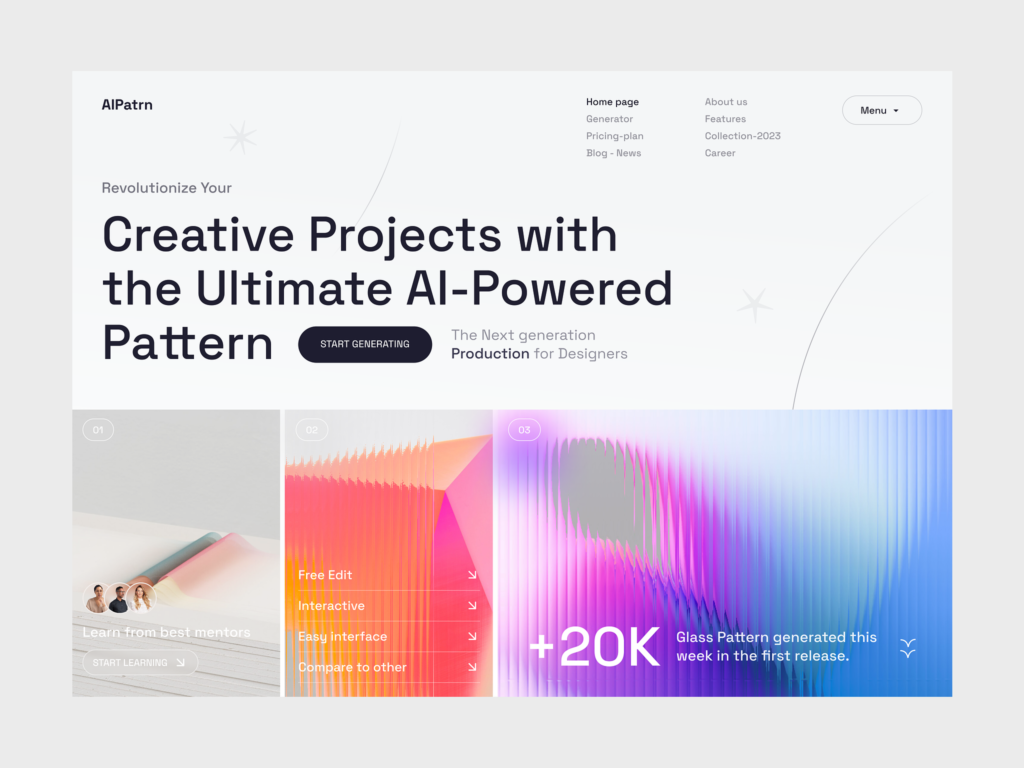
In conclusion, these are some of the popular UI/UX design styles that are currently in vogue. Each style has its own unique advantages and disadvantages, and designers must choose the style that best fits the needs of their project.
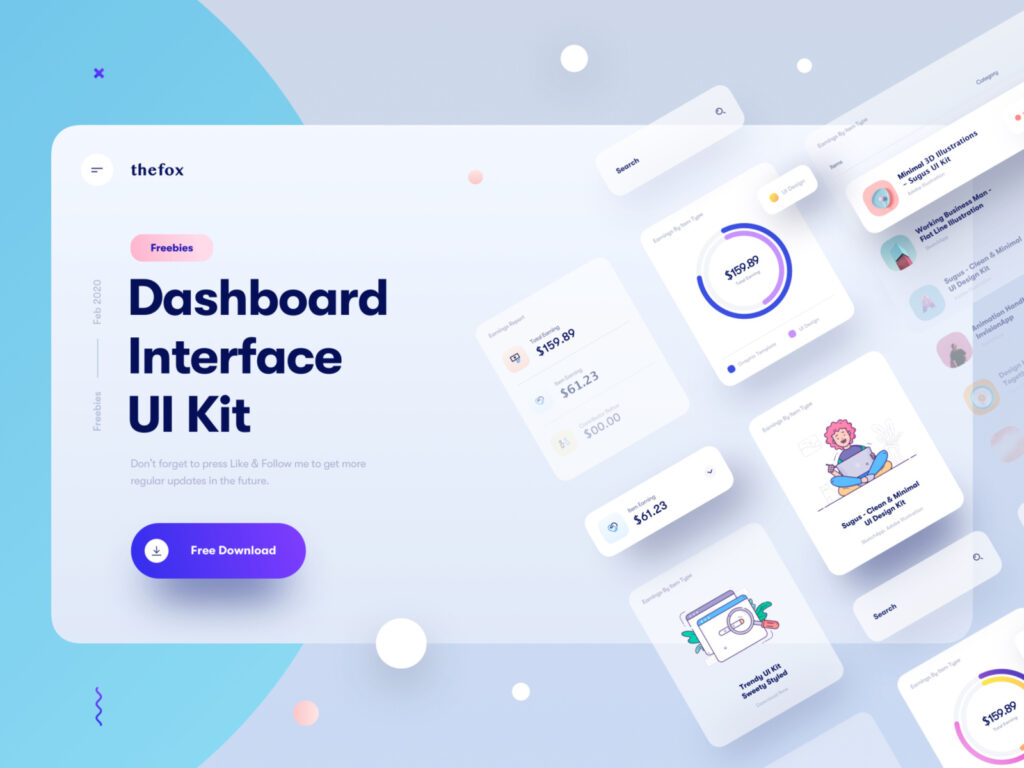
By staying up-to-date with the latest design trends, designers can create interfaces that are visually appealing, user-friendly, and effective.
Importance of Accessibility in UI/UX Design

Accessibility is a crucial aspect of UI/UX design. It ensures that all users, regardless of their abilities, can access and use a product or service. Inclusive design is the practice of designing products and services that can be used by everyone, including those with disabilities.
When designing for accessibility, designers need to consider a range of factors, including visual impairments, hearing impairments, mobility impairments, and cognitive impairments. For example, a visually impaired user may rely on screen readers to access content, while a user with a mobility impairment may use a keyboard instead of a mouse.
Designing for accessibility not only benefits users with disabilities but also benefits all users. For example, providing captions for videos not only helps users who are deaf or hard of hearing but also benefits users who are in a noisy environment.
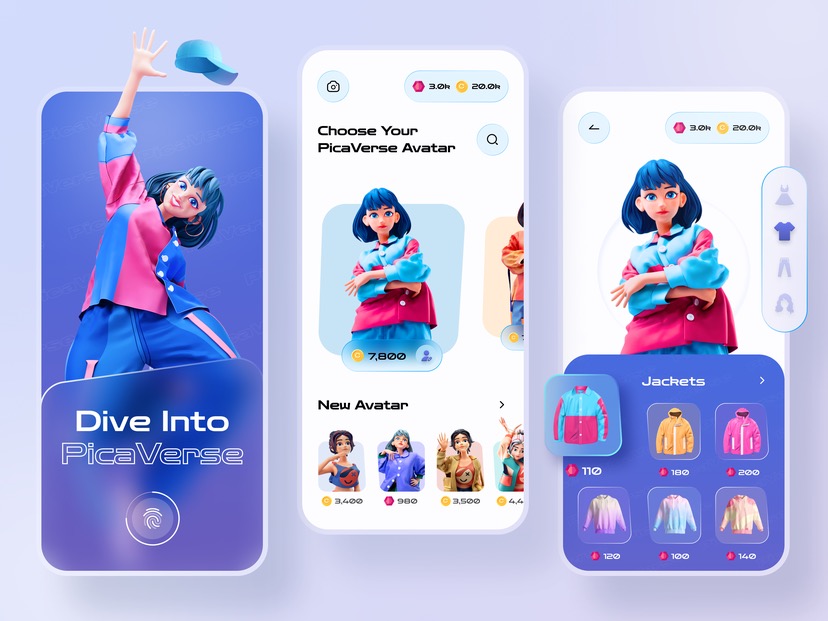

On the other hand, designing for inaccessibility can lead to significant problems for users with disabilities. For example, a website that relies solely on color to convey information can be inaccessible to users with color blindness.
In conclusion, designing for accessibility is crucial for creating inclusive products and services that can be used by everyone. It ensures that users with disabilities can access and use a product or service, while also benefiting all users.
The Shift Towards Personalization and Simplicity
UI/UX design trends have been evolving rapidly over the past few years, with a significant shift towards personalization and simplicity. This shift is driven by the growing demand for user-centric design that delivers a seamless and personalized experience to users.

Personalization is becoming increasingly important in UI/UX design as users expect more tailored experiences that cater to their unique needs and preferences. This trend is driven by advancements in technology that enable designers to gather and analyze user data to create personalized experiences. Personalization can take many forms, such as personalized content recommendations, customized product suggestions, and targeted advertising.
At the same time, simplicity is also becoming a key trend in UI/UX design. With so much information and content available online, users are looking for simple and intuitive interfaces that are easy to navigate. This trend is driven by the need to reduce cognitive load and make it easier for users to find what they are looking for.
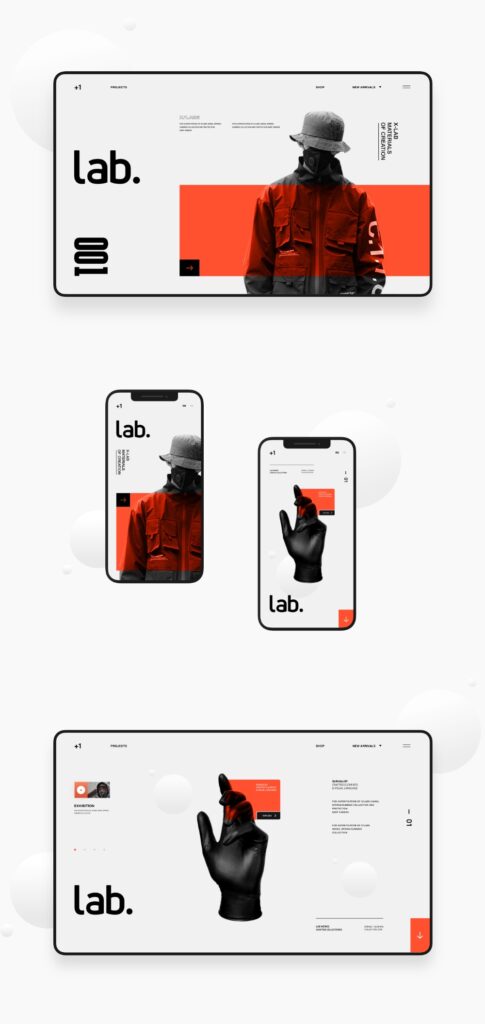
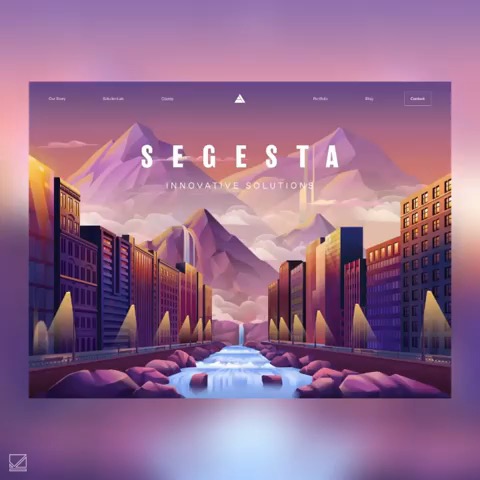
To achieve this, designers are focusing on creating minimalistic designs with clear and concise messaging. This trend is also reflected in the use of whitespace, which helps to create a sense of clarity and focus. In addition, designers are using bold typography and color to draw attention to key elements and create a sense of hierarchy.
Overall, the shift towards personalization and simplicity is a positive trend in UI/UX design, as it helps to create more user-centric experiences that are tailored to individual needs and preferences. As technology continues to advance, we can expect to see even more sophisticated personalization techniques and minimalist design approaches that deliver even better user experiences.
Influence of Brands and Popular Platforms on UI/UX Design
Brands and popular platforms have a significant influence on UI/UX design trends. Companies like Spotify, Dropbox, and Pinterest have set the bar high with their user-friendly interfaces and intuitive designs. Designers often look to these brands for inspiration and guidance when creating their own designs.
Spotify, for example, is known for its simple and clean interface. The platform’s use of bold typography, bright colors, and large images make it easy for users to navigate and find what they’re looking for. Many designers have taken inspiration from Spotify’s design approach and incorporated similar elements into their own designs.
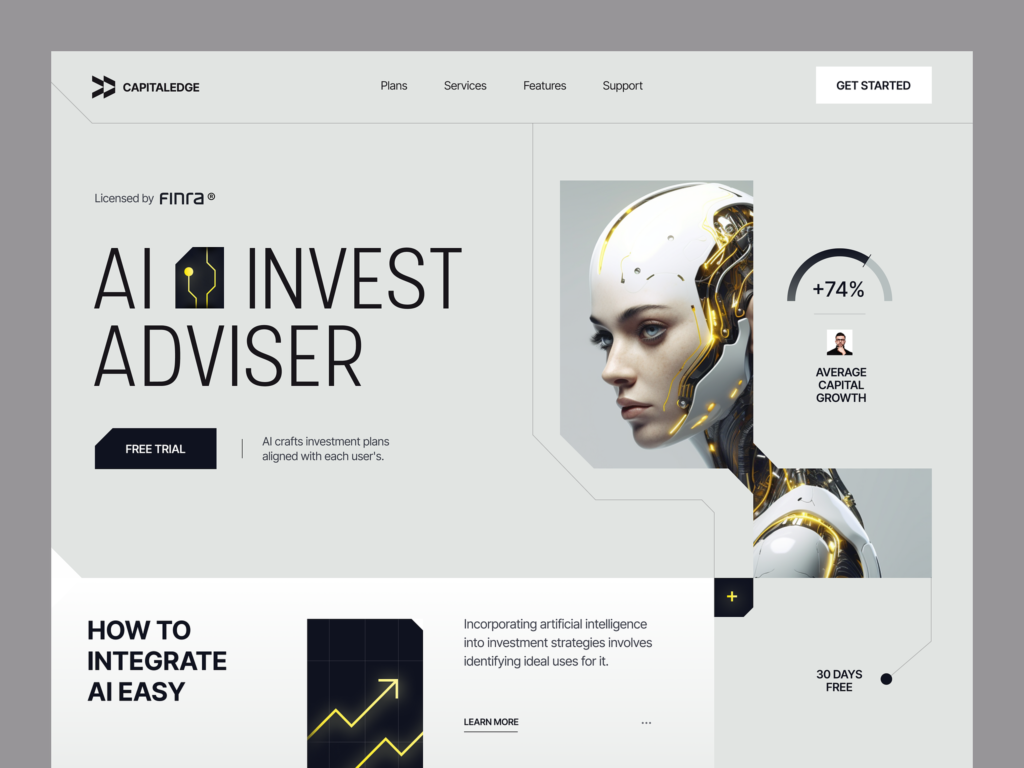
Dribbble is another platform that has had a significant impact on UI/UX design. The platform is a hub for designers to showcase their work and get feedback from their peers. As a result, designers often look to Dribbble for inspiration and to stay up-to-date on the latest design trends.
Zoom, a popular video conferencing platform, has also influenced UI/UX design trends. The platform’s use of a simple and intuitive interface has made it a favorite among users. Many designers have taken inspiration from Zoom’s approach to design and incorporated similar elements into their own designs.
Overall, brands and popular platforms play a significant role in shaping UI/UX design trends. Designers often look to these entities for inspiration and guidance when creating their own designs.
The Role of Animations and Microinteractions in UI/UX Design
Animations and microinteractions are two design elements that play a significant role in enhancing the user experience of a website or application. Animations are dynamic visual effects that are used to create a sense of motion, while microinteractions are small, subtle interactions that occur in response to user actions.
Animations can be used to provide feedback to users, such as indicating that a button has been clicked or that a page is loading. They can also be used to create a sense of depth and hierarchy, such as using parallax scrolling to create a layered effect. Additionally, animations can be used to create a more engaging and memorable experience for users, such as using animated illustrations or characters to guide users through a process.
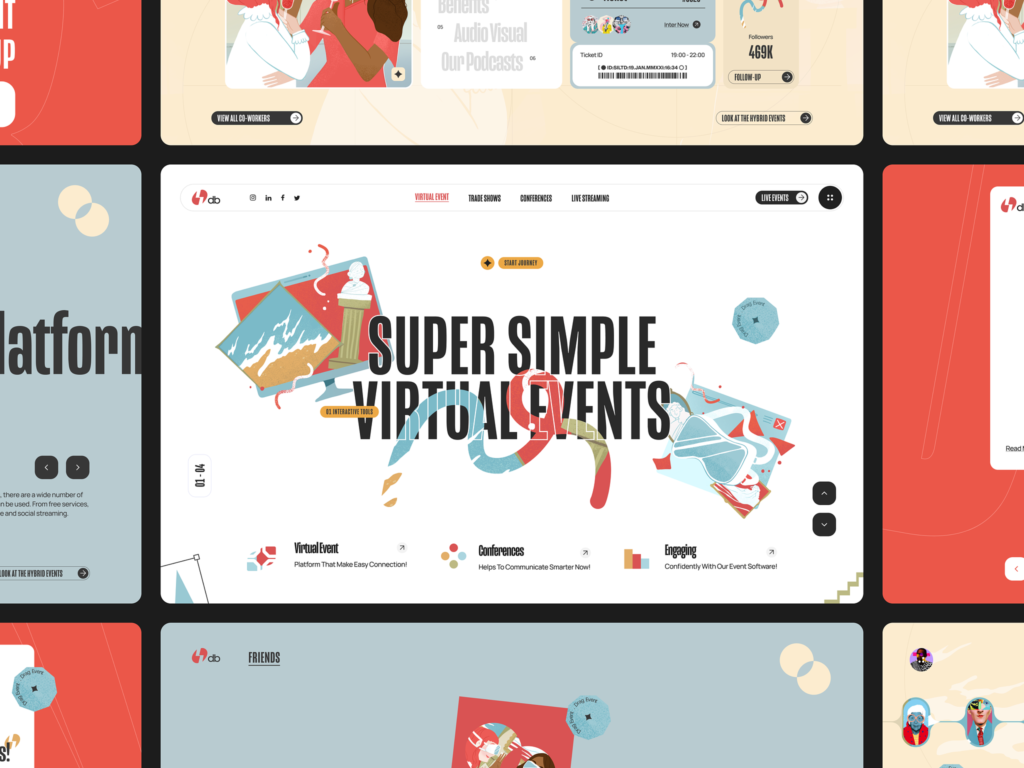
Microinteractions, on the other hand, are small interactions that occur in response to user actions, such as hovering over a button or scrolling through a page. They can be used to provide feedback to users, such as indicating that a form field has been successfully completed or that an error has occurred. Additionally, microinteractions can be used to create a more intuitive and seamless experience for users, such as using a drag-and-drop interface to rearrange elements on a page.
When used effectively, animations and microinteractions can significantly enhance the user experience of a website or application. However, it is important to use them sparingly and purposefully, as too many animations or microinteractions can be overwhelming and distracting for users. Additionally, it is important to ensure that animations and microinteractions are accessible to all users, including those with disabilities or slower internet connections.
Overall, animations and microinteractions are important elements to consider when designing a website or application, as they can greatly enhance the user experience and create a more engaging and memorable experience for users.
Design Systems and Layout Trends
Design systems have become an essential part of UI/UX design in recent years. They allow designers to create consistent and cohesive user interfaces across multiple platforms and devices. A design system is a collection of reusable components, guidelines, and principles that ensure consistency and efficiency in the design process.
Flat design has been a popular trend in UI/UX design for several years. This design style emphasizes simplicity, minimalism, and the use of bold colors and typography. Flat design is often used in combination with a design system to create a consistent and cohesive user interface.
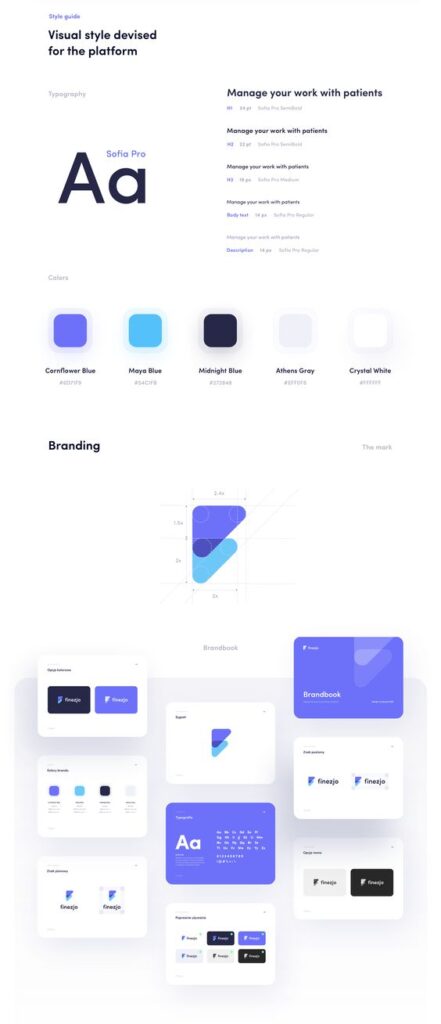
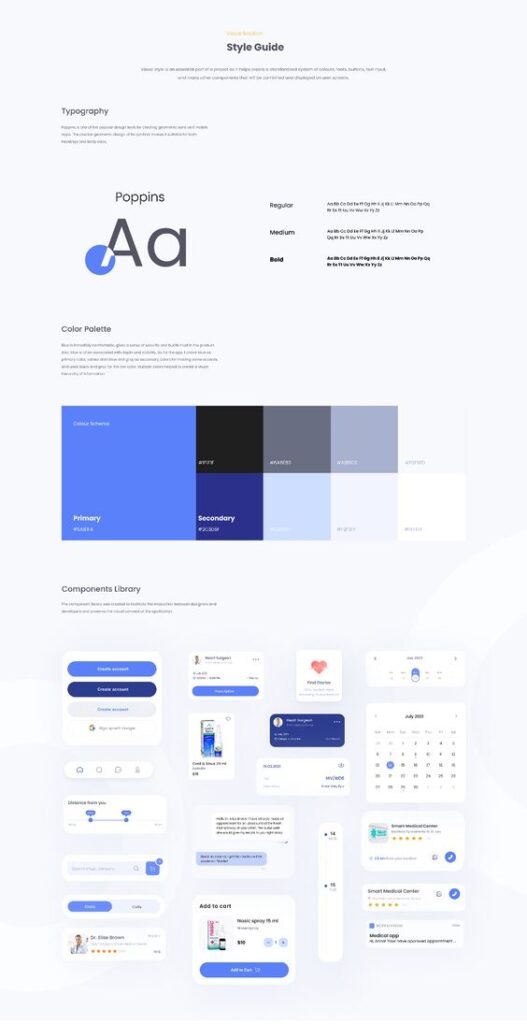
Layout is another critical aspect of UI/UX design. A well-designed layout can enhance the user experience and make it easier for users to navigate and interact with a product. Grid-based layouts are a popular trend in UI/UX design. They provide structure and organization to a design, making it easier for users to understand and interact with.
Design systems and layouts go hand in hand. A design system provides the necessary components and guidelines for creating a consistent layout. A well-designed layout, in turn, enhances the usability and effectiveness of a design system.
Overall, design systems and layout trends are essential elements of UI/UX design. By utilizing these trends, designers can create user interfaces that are consistent, efficient, and effective.
The User Journey in UI/UX Design

The user journey is a critical aspect of UI/UX design that involves understanding how users interact with a product or service. It is the path that a user takes from the moment they first encounter a product or service to the point where they complete their intended action.
In UI/UX design, the user journey is a key consideration that informs every aspect of the design process. By understanding the user journey, designers can create interfaces and experiences that are intuitive, engaging, and effective.
To create an effective user journey, designers must first understand their users. This involves researching their needs, goals, and pain points to create a customer journey map. This map is a visual representation of the user journey and helps designers identify key touchpoints and pain points in the user experience.
Once designers have a clear understanding of the user journey, they can begin to design the user interface. The UI should be designed to guide the user through the user journey, providing clear and intuitive navigation, and highlighting key features and benefits.
The user experience is also a critical aspect of the user journey. The UX should be designed to create a seamless and enjoyable experience for the user, from the moment they first encounter the product or service to the point where they complete their intended action.
In conclusion, the user journey is a critical aspect of UI/UX design that requires a deep understanding of the user and their needs. By designing interfaces and experiences that guide users through the user journey, designers can create products and services that are intuitive, engaging, and effective.
The Influence of Color Modes on UI/UX Design
Color modes play a significant role in UI/UX design as they impact the visual appearance and user experience of an application. The two primary color modes are light mode and dark mode, and designers must choose the appropriate color mode based on various factors such as the application’s purpose, user demographics, and brand identity.
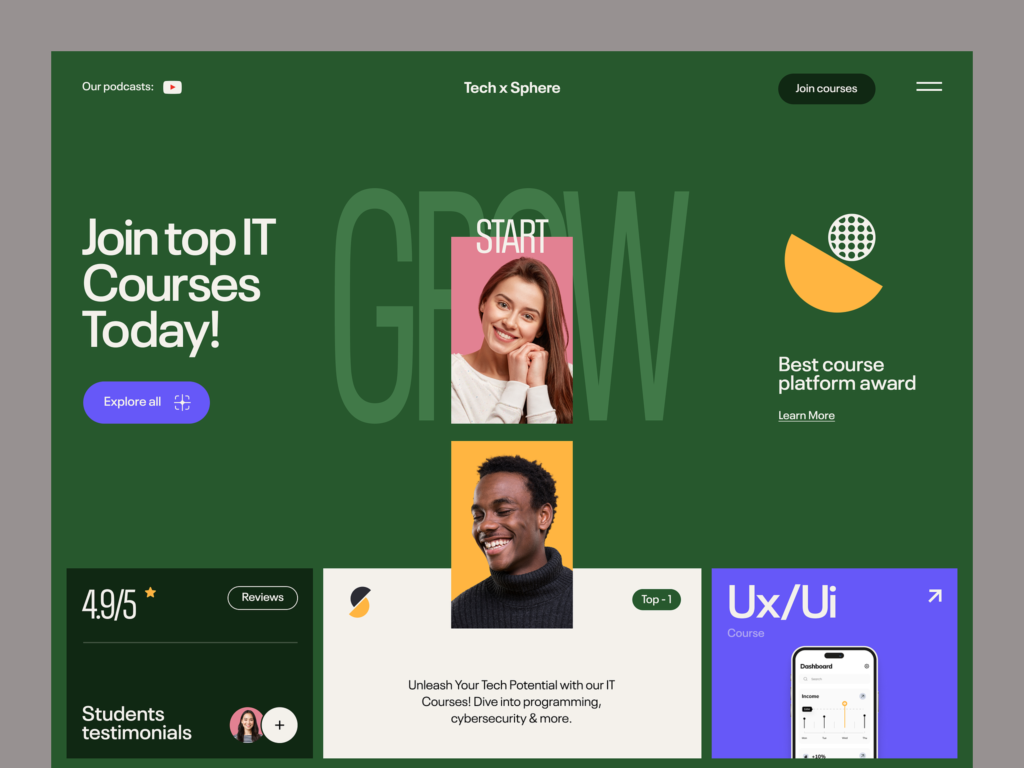
In light mode, the background is white, and the text and other elements are black or dark-colored. Light mode is the default color mode for most applications, and it is suitable for applications that require high legibility, such as reading applications and e-commerce websites. Light mode is also suitable for applications that want to convey a sense of positivity and energy.
In contrast, dark mode features a dark background with light-colored text and elements. Dark mode is suitable for applications that require low light conditions, such as reading applications used at night. Dark mode is also suitable for applications that want to convey a sense of sophistication and elegance.
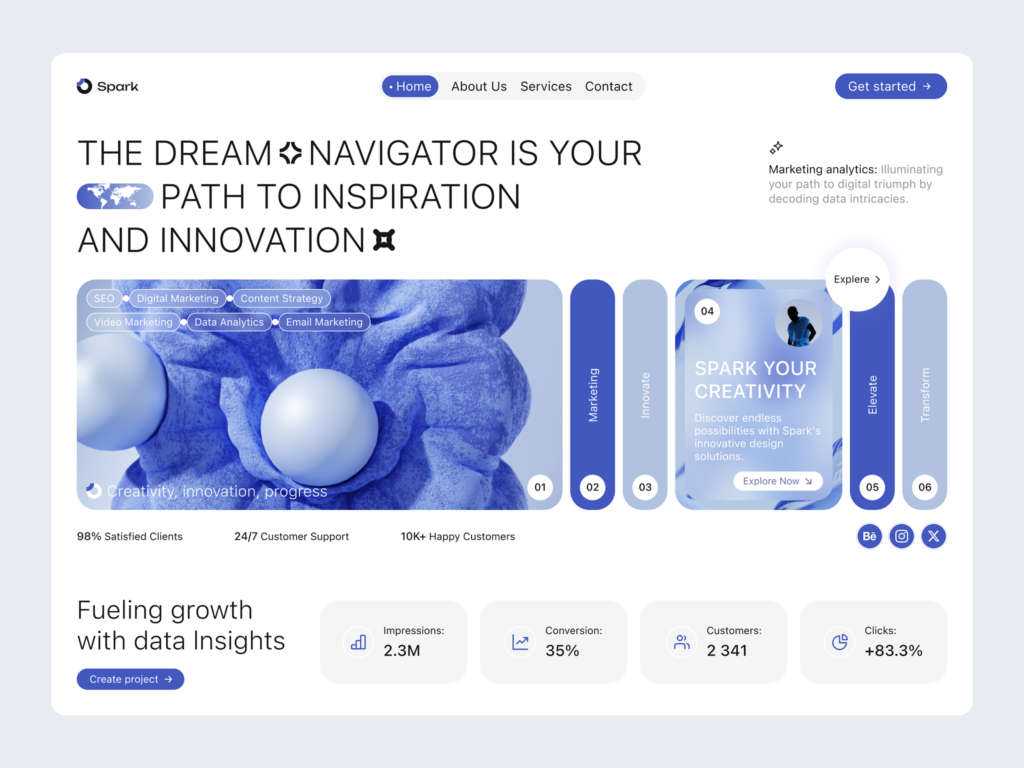
Contrasting colors are also essential in UI/UX design, as they help to highlight important elements and improve the overall user experience. Designers must choose the appropriate contrasting colors based on the application’s purpose and user demographics. For example, bright and bold colors are suitable for applications that target younger audiences, while muted and subdued colors are suitable for applications that target older audiences.
In conclusion, color modes and contrasting colors play a crucial role in UI/UX design. Designers must choose the appropriate color mode and contrasting colors based on various factors such as the application’s purpose, user demographics, and brand identity to create an excellent user experience.
The Emergence of Immersive Experiences

Immersive experiences have become increasingly popular in the world of UI/UX design. This trend is driven by the desire to create a more engaging and memorable user experience. Immersive experiences can take many forms, such as immersive scrolling or interactive animations, but they all share the goal of creating a sense of immersion that draws the user in and keeps them engaged.
One example of an immersive experience is immersive scrolling. This technique involves designing a website or app in such a way that the user feels like they are moving through a virtual environment. This can be achieved through the use of parallax scrolling, where different elements on the page move at different speeds, creating a sense of depth and dimensionality. Immersive scrolling can also be achieved through the use of animations and transitions that create a sense of movement and flow.
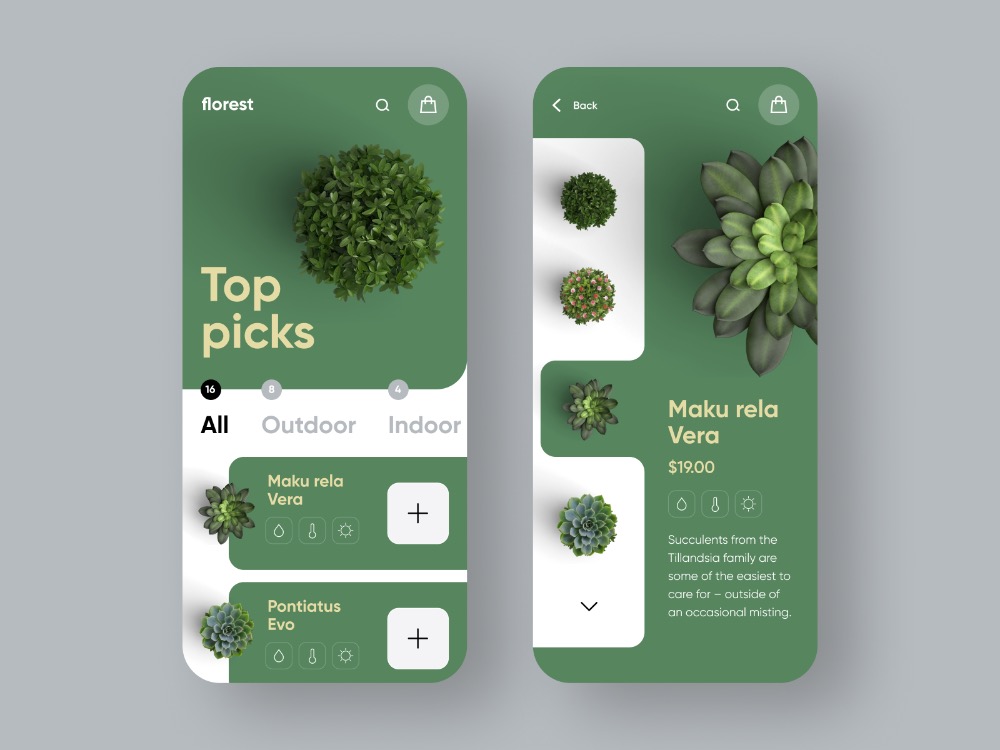
Another example of an immersive experience is interactive animations. These animations are designed to respond to user input, creating a sense of interactivity and engagement. Interactive animations can take many forms, such as hover effects, click animations, or scrolling animations. By creating animations that respond to user input, designers can create a more engaging and memorable user experience.
Overall, the emergence of immersive experiences is a positive trend in UI/UX design. By creating experiences that are more engaging and memorable, designers can create a stronger connection between users and their products. As technology continues to evolve, we can expect to see even more immersive experiences in the world of UI/UX design.
The Impact of Wearable Technology on UI/UX Design
Wearable technology, such as smartwatches and fitness trackers, has been gaining popularity in recent years. As a result, UI/UX designers have had to adapt their designs to fit the smaller screens and unique user interactions of wearables.
One major impact of wearable technology on UI/UX design is the need for simplicity. With a limited amount of screen real estate, designers must prioritize the most important information and functionality for users. This often means removing unnecessary elements and simplifying the overall design.
Another impact of wearables on UI/UX design is the need for clear and concise messaging. Wearable devices are often used on-the-go, so users need to be able to quickly understand what information is being presented to them. This has led to an emphasis on clear typography and iconography in wearable UI/UX design.
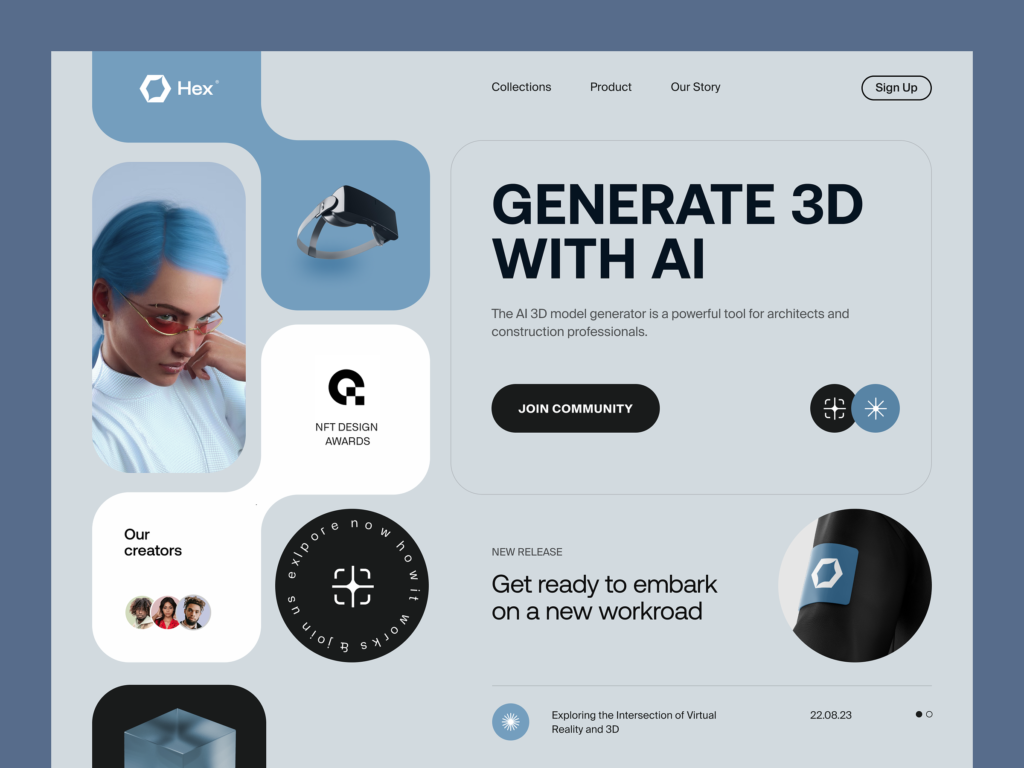
In addition, wearables have also influenced the use of gestures and voice commands in UI/UX design. With smaller screens, traditional touch interactions may not be feasible, so designers have had to explore alternative interaction methods. Gestures, such as swiping and tapping, and voice commands have become more prevalent in wearable UI/UX design.
Overall, the rise of wearable technology has had a significant impact on UI/UX design. Designers must consider the unique challenges and opportunities presented by wearables in order to create effective and engaging user experiences.
Website Performance and UI/UX Design
Website performance is an essential aspect of UI/UX design. A well-designed website should not only look good but also perform well. A website’s speed, load time, and overall performance can significantly impact user experience. Slow and poorly performing websites can lead to high bounce rates, low conversion rates, and a negative user experience.
To ensure a website’s optimal performance, UI/UX designers should consider the following factors:
-
Website Speed: Website speed is a crucial factor in determining user experience. A slow-loading website can lead to high bounce rates and lost revenue. UI/UX designers should optimize website speed by reducing the size of images, minimizing HTTP requests, and using a content delivery network (CDN).
-
Mobile Optimization: With the increasing use of mobile devices, UI/UX designers should ensure that websites are optimized for mobile devices. Mobile optimization includes responsive design, mobile-friendly content, and fast load times.
-
Navigation: Navigation is an essential aspect of website design. UI/UX designers should ensure that website navigation is intuitive and easy to use. This includes clear and concise labeling, an organized menu structure, and easy-to-find search functionality.
-
Accessibility: UI/UX designers should ensure that websites are accessible to all users, including those with disabilities. This includes using alt tags for images, providing closed captions for videos, and ensuring that the website is compatible with screen readers.
In conclusion, website performance is a critical aspect of UI/UX design. By optimizing website speed, mobile optimization, navigation, and accessibility, UI/UX designers can create a positive user experience and improve website performance.
The Role of Emotions in UI/UX Design
UI/UX design is not just about creating visually appealing interfaces. It’s also about creating enjoyable experiences for users. Emotions play a crucial role in the success of UI/UX design. A well-designed interface should evoke positive emotions in users and make them feel good about using the product.
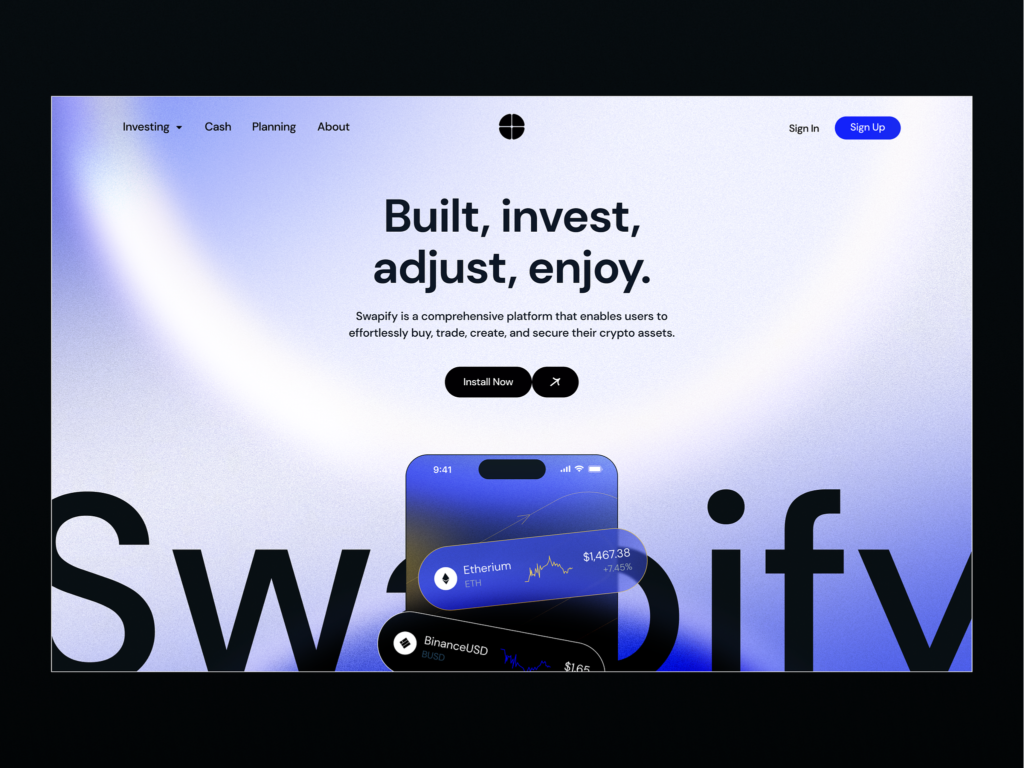
Research has shown that emotions can influence a user’s perception of a product’s usability and functionality. For example, if a user feels frustrated or confused while using an interface, they are less likely to continue using the product. On the other hand, if a user feels satisfied and happy with the experience, they are more likely to become loyal customers.
Visuals are an important aspect of UI/UX design that can evoke emotions in users. Colors, shapes, and typography can all contribute to the overall emotional impact of an interface. For example, a bright, colorful interface can create a sense of excitement and energy, while a muted, minimalist interface can create a sense of calm and tranquility.
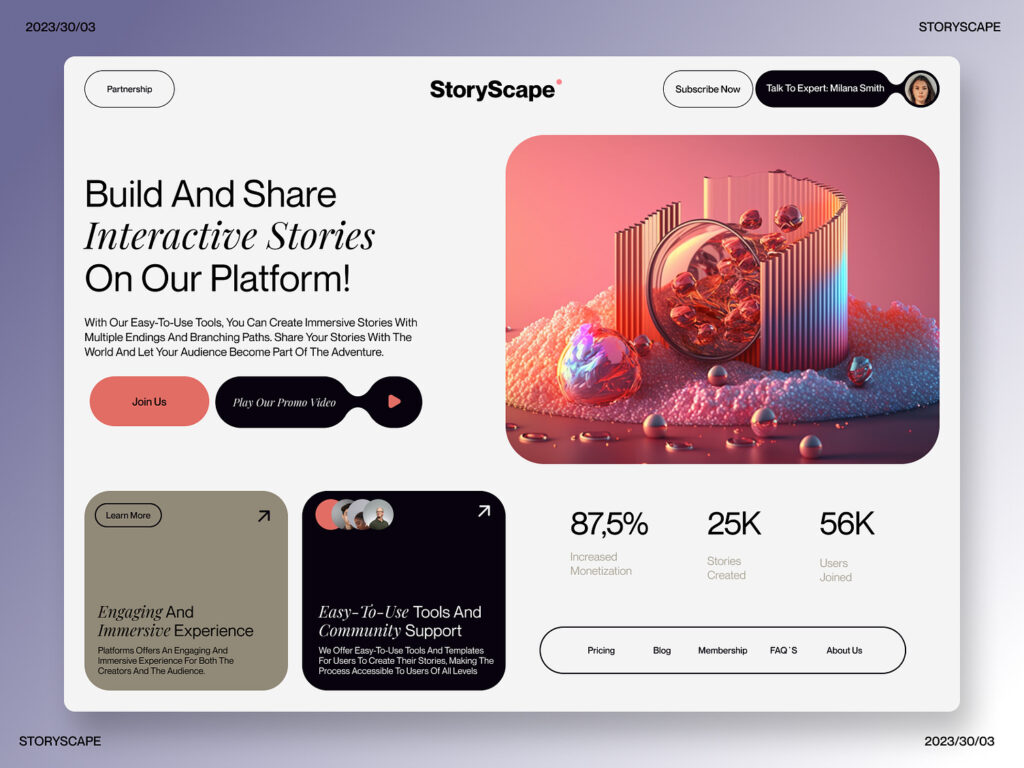
In addition to visuals, the language and tone used in an interface can also evoke emotions in users. Using a friendly, conversational tone can create a sense of warmth and approachability, while using a more formal tone can create a sense of professionalism and authority.
Overall, emotions play a critical role in UI/UX design. By understanding how to evoke positive emotions in users, designers can create interfaces that are not only visually appealing but also enjoyable and easy to use.
The Popularity of Functional Design
Functional design is becoming increasingly popular in the world of UI/UX design. This is due to the fact that users are demanding more from their digital experiences. They want interfaces that are not only aesthetically pleasing but also functional and useful.
One of the main benefits of functional design is that it focuses on the user’s needs. It prioritizes usability and functionality over aesthetics. This means that designers are creating interfaces that are easy to use and provide the user with a seamless experience.
Another advantage of functional design is that it can improve product design. By focusing on functionality, designers can create products that are more useful and efficient. This can lead to increased user satisfaction and loyalty.
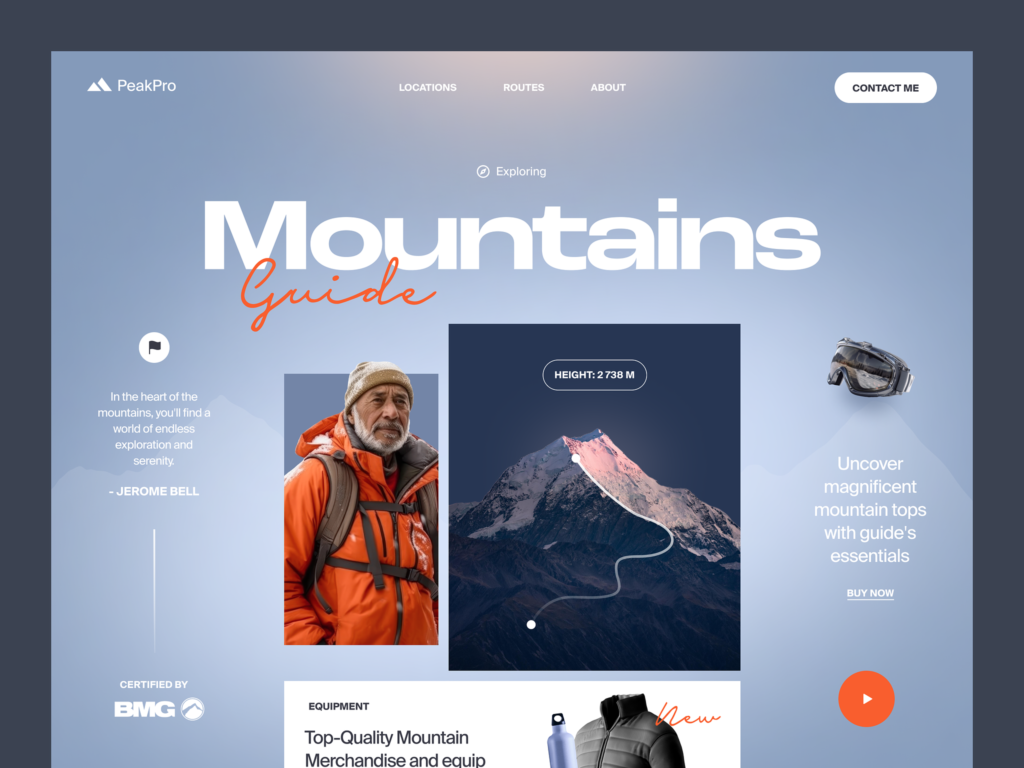
In addition, functional design can also improve the usability of a product. By creating interfaces that are easy to navigate and understand, users can quickly and easily complete tasks. This can lead to increased productivity and efficiency.
Overall, the popularity of functional design is due to its ability to create interfaces that are both aesthetically pleasing and functional. It prioritizes the user’s needs and creates products that are more useful and efficient. As a result, functional design is becoming a staple in the world of UI/UX design.
The Future of UI/UX Design
UI/UX design is an ever-evolving field that is constantly changing with time. With the advancement of technology and the increasing demand for digital products, UI/UX design is becoming more important than ever before. In this section, we will discuss the future of UI/UX design and the trends that are shaping the industry.
Trendy Designs
One of the most significant trends in UI/UX design is the use of trendy designs. As the world becomes more digital, designers are looking for ways to make their products stand out. This trend involves using bold colors, gradients, and unique typography to create a visually appealing design. The use of animation and micro-interactions is also becoming more popular, as it adds an element of fun and engagement to the user experience.
Visual Design
Visual design is another trend that is shaping the future of UI/UX design. With the increasing demand for digital products, designers are focusing more on creating visually appealing designs that are easy to use. The use of white space, simple layouts, and minimalistic designs is becoming more popular, as it helps users focus on the content and the functionality of the product.
Modeling
Modeling is another trend that is shaping the future of UI/UX design. With the increasing demand for 3D designs, designers are using modeling tools to create realistic and interactive designs. This trend is particularly popular in the gaming industry, where designers are creating immersive environments that users can interact with.
Digital Design
Digital design is becoming more important than ever before, with the increasing demand for digital products. Designers are focusing on creating designs that are responsive and optimized for different devices, including mobile phones, tablets, and desktops. This trend involves using flexible grids, scalable typography, and responsive images to create a seamless user experience across different devices.
In conclusion, the future of UI/UX design is exciting and full of possibilities. With the increasing demand for digital products, designers are looking for new and innovative ways to create engaging and interactive designs. By focusing on trendy designs, visual design, modeling, and digital design, designers can create products that are visually appealing, easy to use, and optimized for different devices.
- 6.4Kshares
- Facebook0
- Pinterest6.4K
- Twitter0
- Reddit0
